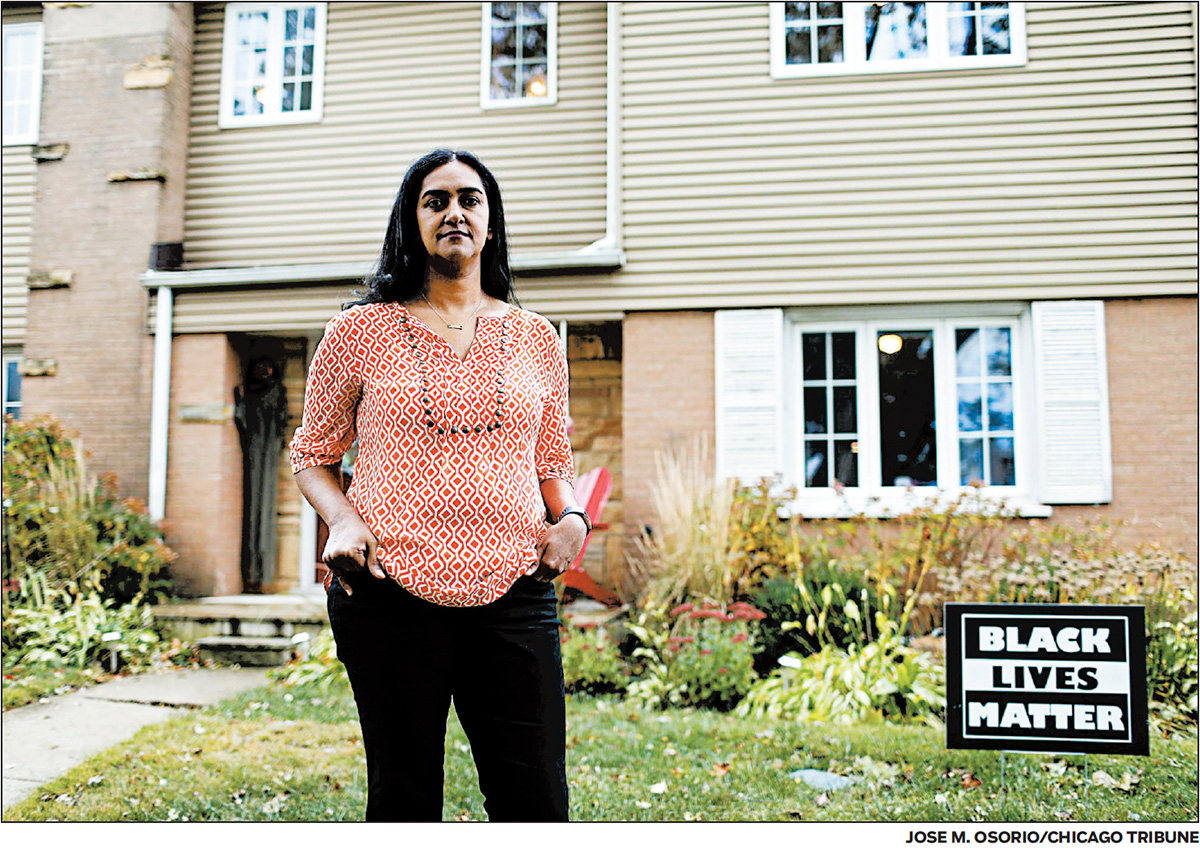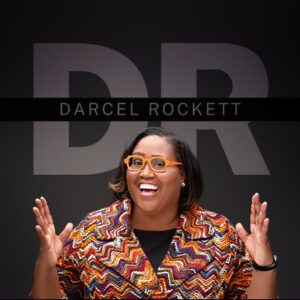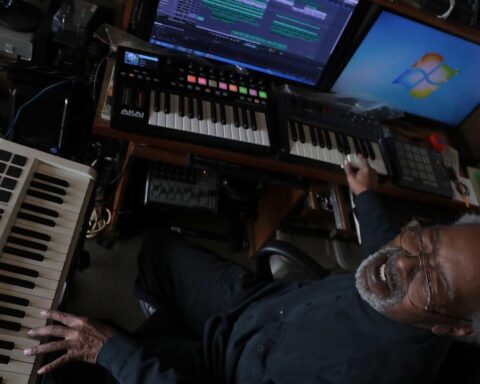Environmental scientist and ecologist Bala Chaudhary is used to her published papers on microbes getting, maybe, 100 clicks. But the DePaul University assistant professor’s latest paper, “Ten simple rules for building an antiracist lab,” (co-authored with Asmeret Asefaw Berhe, a University of California at Merced professor of soil biogeochemistry) has been viewed over 13,000 times and downloaded more than 7,000 times.
“Asmeret and I have been floored by the response,” Chaudhary said. “So many people have said that they used our paper to guide the first conversations that they organized in their lab surrounding anti-racism and STEM (science, technology, engineering and math). I’m used to bringing up anti-racism in science spaces and getting silence and some cringes and some blank stares. And it really feels different this time, and I’m hopeful that the energy surrounding it will sustain.”
The paper came together after “living while Black” events in May, such as the killing of George Floyd in Minneapolis and a white woman calling 911 on Black birder Christian Cooper in New York’s Central Park. Hashtags like #BlackinNature and social media channels like @BlackInTheIvory, where Black academics share their stories about the racism they encounter, also inspired the co-authors.
Black scientists responded in June with a call for a global, one-day strike to protest institutional racism in the academic and science worlds. June 10 was the day of protest. Under hashtags #ShutDownSTEM, #ShutDownAcademia and #Strike4BlackLives, participants talked about systemic racism and how to address inequalities in the research and STEM community.
Having led anti-racist efforts in their own academic communities, Berhe and Chaudhary met on #ScienceTwitter and decided to write a document to guide anti-racism discussions.
“The core of the paper is ‘how do we activate all of these scientists that are all of a sudden interested in anti-racist work?’” Chaudhary, a Skokie resident, said. “Asmeret and I have worked in efforts to improve the human diversity of science for many years. Then the May 2020 events of racist violence brought new attention to this need. Many scientists that we know were looking for direction… how to enact action in ways that they had the power to do. I was like: ‘Well, let me tell you.’”
Their 10 rules to help labs develop anti-racist policies and promote racial and ethnic diversity, equity and inclusion are:
- Lead informed discussions about anti-racism in your lab regularly.
- Address racism in your lab and field safety guidelines.
- Publish papers and write grants with Black, Indigenous and people of color (BIPOC) colleagues.
- Evaluate your lab’s mentoring practices.
- Amplify voices of BIPOC scientists in your field.
- Support BIPOC scientists in their efforts to organize.
- Intentionally recruit BIPOC students and staff.
- Adopt a dynamic research agenda.
- Advocate for racially diverse leadership in science.
- Hold the powerful accountable, and don’t expect gratitude.
The co-authors detail the difference between building a lab that is actively anti-racist and building a lab that simply avoids racism. And they talk about the need for professors leading research groups to allow for diverse perspectives in their labs. Their paper concluded with a call for peers to act immediately, rather than forming a committee to work on anti-racist issues.
“It’s a call to arms, but in my mind, the next big step is creating accountability systems,” Chaudhary said. “How do we create accountability within STEM? And what programs—whether they’re at the institution level or nationally—do we develop and initiate to really hold science institutions accountable for achieving these actions?”
While the list is straightforward, Berhe and Chaudhary know it may not be easy to implement, given the history and culture of academic institutions. But they said that is not an excuse not to make anti-racism everyone’s responsibility. If not, science and academic communities will continue to look and feel exclusionary to people of color.
“There’s a lot of talk about the leaky pipeline and how people drop from the academic system over time. And minoritized scholars, in particular, drop out at a much faster rate than white people or the majority, but we had not really talked about why,” Berhe said. “Many of us… in our community have been working over the last few years to highlight how culture and climate in academic institutions and scientific research institutions plays a huge role in the underrepresentation of folks from minoritized communities.”
Berhe said she and Chaudhary are promoting the paper’s ideas by engaging with leadership and members of a lot of institutions through Zoom calls. The requests to speak about building anti-racist labs are off the charts, Chaudhary said. “It’s really hard to say no because it’s such an important issue,” she said.
“Our paper is aimed particularly at STEM leaders who set the culture and workplace climate in our labs and research groups. That was really a major onus of the paper: to help STEM leaders recognize, through deep introspection and development of policies, how we can make academic environments and STEM environments less toxic for people of color,” Chaudhary said. “So often there’s this focus on how do we diversify science? But before we can diversify, we have to improve inclusion and equity, and the sense of belonging that students of color don’t always have.”







